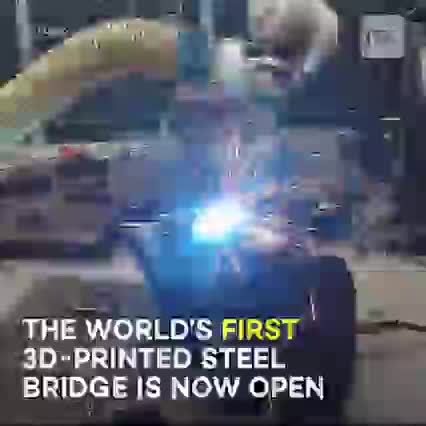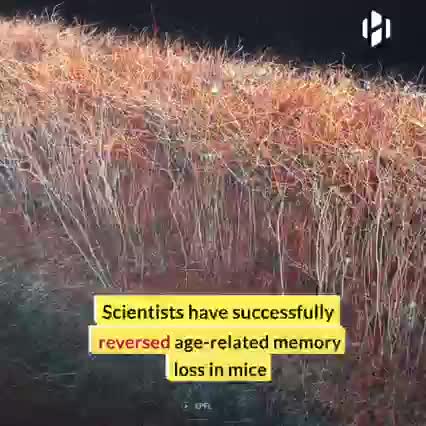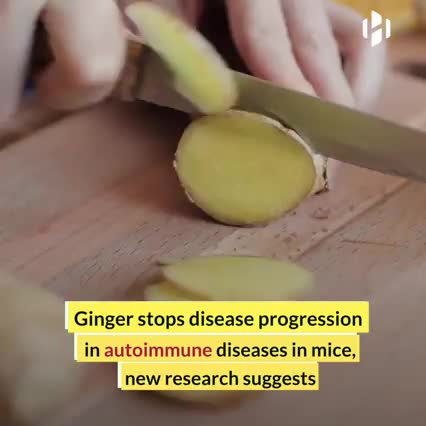Credits: Pavegen
A new 3D-printed bridge in the Netherlands contains sensors that will help researchers study crowd behavior, and the impact tourism has on a neighborhood. Check out more trending stories on ITK: https://bit.ly/39pSMAR
Super Heavy
Posted in Elon Musk
According to Musk, “Starbase is moving at Warp 9” as SpaceX prepare for the first orbital demonstration of the Starship/Super Heavy stack. It is going to be an absolute monster topping out at 120 meters, almost 10 meters taller than the mighty Saturn V.
Although largely a demonstration mission, Musk has said that it will carry a “wheel of cheese.” This was also the first payload of the company’s Dragon spacecraft. It was chosen because it was the silliest thing they could imagine.









